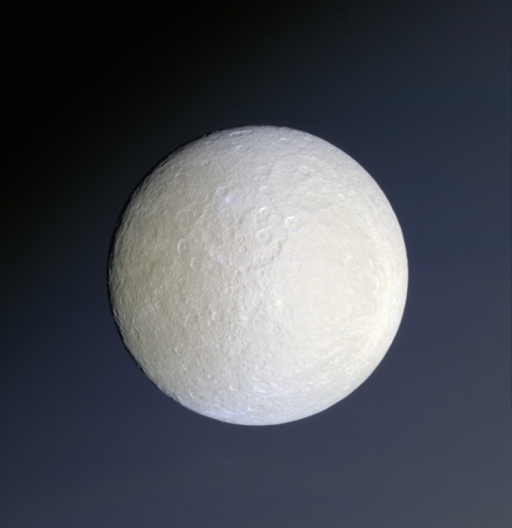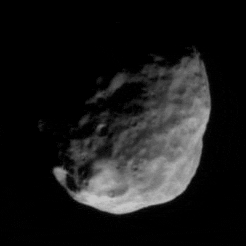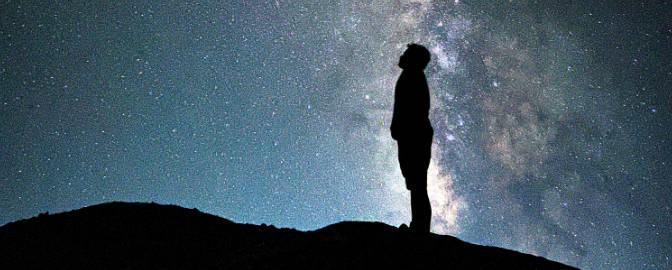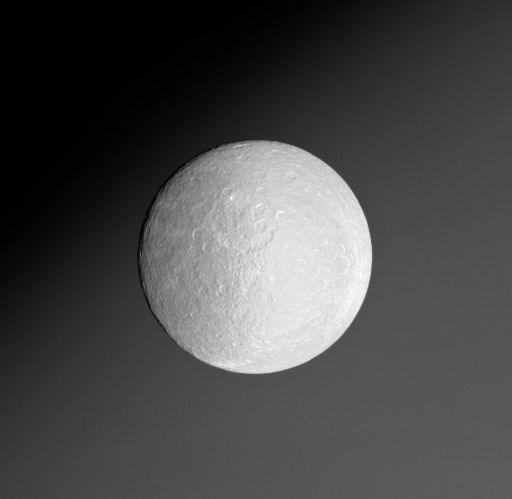Emily Lakdawalla • Feb 28, 2008
Pretty pictures from Cassini: Rhea, Saturn, and Janus
I check JPL's Planetary Photojournal every day to see what's new from their various spacecraft, and there have been some particularly pretty images from Cassini lately. This one really caught my eye. In a rare view, we see one of Saturn's icy moons (this one is Rhea) nearly fully lit, what scientists refer to as "low phase." But the background is odd, grading from dark in the upper left to less dark at lower right. Turns out that's Saturn in the background. Because Rhea and Saturn are lit at the same angle -- nearly full phase -- that means Rhea must be perched near the edge of Saturn's disk, where the terminator (or day-night boundary) barely peeks over the edge. You can see the geometry with help from JPL's Solar System Simulator.

NASA / JPL / SSI / color composite by Emily Lakdawalla
Rhea and Saturn
Three views from the Cassini raw images website have been merged into a color view of Rhea floating in front of Saturn, captured on January 17, 2008. The images were captured through infrared, green, and ultraviolet filters, so the color is exaggerated with respect to what the human eye can detect.
NASA / JPL / SSI / animation by Emily Lakdawalla


 Explore Worlds
Explore Worlds Find Life
Find Life Defend Earth
Defend Earth


